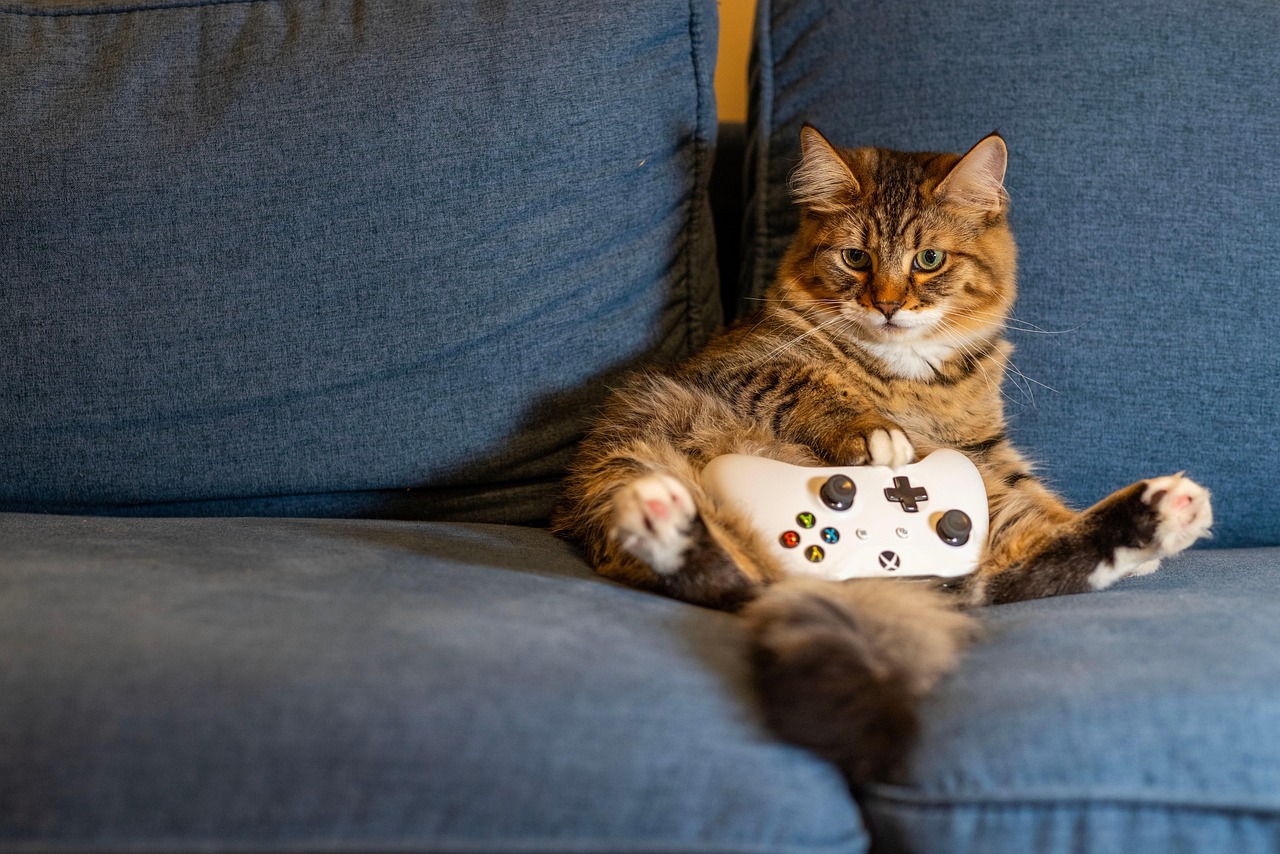
Cats love to scratch, but in Dubai apartments this can quickly damage your furniture. With the right tools, training, and setup, you can protect your home while keeping your cat happy.
Why Cats Scratch Furniture
Scratching is a natural instinct for cats. They do it to sharpen their claws, stretch their muscles, and mark their territory with scent glands in their paws. In Dubai apartments, where cats may spend more time indoors, this instinct often targets sofas, chairs, or curtains. Understanding that scratching is not bad behavior but a natural need is the first step toward finding solutions.
The Best Scratch Alternatives: Trees, Mats, and Toys
To protect your furniture, give your cat better options. Scratch trees, mats, and cardboard scratchers are highly effective. In Dubai, you can easily find a wide range of scratching products in pet shops or order them online with fast delivery.
Place scratch posts near favorite resting areas or next to furniture your cat usually attacks. Adding toys like hanging feathers or balls makes the scratch area even more attractive.
Training Techniques that Work
Cats can learn to use scratching posts instead of your sofa with patience and consistency. Whenever your cat scratches the correct surface, reward them with treats or gentle praise.
Never punish them for scratching the furniture. Cats don’t learn through punishment. So if they go for the furniture, calmly redirect them to their scratching post instead of scolding them.
Using Cat-Friendly Sprays and Deterrents
If your cat keeps returning to the sofa or curtains, sprays and deterrents can help. These products are designed to create scents or textures that cats dislike, so they avoid the area on their own. Citrus-based sprays, for example, are safe for cats but unpleasant for their sensitive noses. In my personal experience most of those spray didn’t work for my cats. But its worth a try.
While you make furniture less appealing, use catnip spray or silvervine powder on scratching posts to attract your cat. This way, the message is clear: the sofa is off-limits, but the scratch post is rewarding and fun. Consistency is important – apply sprays regularly, especially after cleaning the furniture.
Furniture Choices that Resist Cat Damage
The type of furniture you choose has a big influence on how much scratching damage your home suffers. Loose-weave fabrics like linen or boucle are easy to snag, while leather, faux leather, microfiber, or tightly woven textiles are more resistant. These surfaces are less satisfying for cats to scratch and stay in good shape longer.
Slipcovers can also be useful. They add an extra layer of protection, are easy to wash, and can be replaced if needed. For valuable furniture, you can also use transparent plastic or thicker protectors to shield sofa arms and chair legs until your cat gets used to using scratching alternatives.
Setting Up a Cat Zone in Your Apartment
Cats are happiest when they have their own safe and stimulating space. Creating a dedicated cat zone can help protect your main furniture and give your pet a clear place to scratch and play. A quiet corner with a tall scratching tree, toys, and a soft bed works well. This way, your cat has everything it needs in one area and is less tempted to damage your sofa.
If your apartment has a balcony, you can also cat-proof it with safety nets and set up a small outdoor corner. Adding shade, cat grass, or a hammock makes the balcony both safe and exciting. A well-planned cat zone reduces stress and keeps destructive behavior under control.
Regular Grooming to Reduce Claw Damage
Keeping your cat’s claws trimmed makes scratches less deep and damaging. Use a proper cat nail clipper and trim only the sharp tips, never cutting too short. A scratching post also helps keep claws naturally filed down. Regular grooming sessions are a simple but effective way to limit furniture damage.
Consistency and Patience with Training
Changing your cat’s habits takes time. Always redirect scratching to the correct spot, praise your cat when it uses the post, and repeat this process daily. Consistency is key – mixed signals confuse cats. With patience, your cat will learn that furniture is off-limits while scratching alternatives are fun and rewarding.
Conclusion: Key Tips at a Glance
Protecting your furniture from cat scratches in a Dubai apartment is about balance: giving your cat healthy outlets while making your home scratch-safe. Here are the most important strategies:
- Provide scratching posts, mats, and toys as alternatives
Place them in areas your cat already likes to scratch, such as near sofas or windows. This makes it easier for your cat to choose the right spot. - Use safe deterrent sprays on furniture
Natural sprays with scents cats dislike, such as citrus, can protect your furniture without harming your pet. Pair this with catnip spray on scratching posts to redirect behavior. - Choose durable fabrics or covers for sofas and chairs
Materials like leather or tightly woven textiles are more resistant to scratches. Washable slipcovers are also a smart option to protect your furniture in the long term. - Trim your cat’s claws regularly
Shorter claws cause less damage. Get your cat used to gentle claw care early, and use scratching posts to help keep claws naturally filed. - Create a dedicated cat zone in your apartment
A quiet corner with a cat tree, bed, and toys gives your cat a personal space to relax and scratch freely, reducing the temptation to use your main furniture. - Stay consistent and patient with training
Always redirect your cat to the correct scratching surface and reward positive behavior. Over time, consistency will teach your cat where it is allowed to scratch.
By combining these methods, you can keep your Dubai apartment stylish and comfortable, while ensuring your cat feels safe and satisfied.

